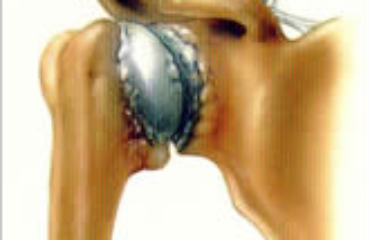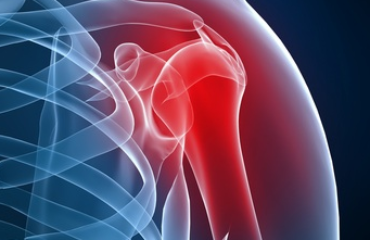In the majority of cases, the reason for doing spinal surgery or in this case lumbar spinal stenosis surgery is to relieve the pressure on your spinal cord and/or your nerve roots.  An orthopedic doctor or surgeon will do the surgery.
An orthopedic doctor or surgeon will do the surgery.
During the surgery, the damaged areas of the spine will be removed. When the doctor is successful, the surgery will enlarge the spinal canal and that’s going to relieve the pressure being placed on the nerves. In many cases, this reduces pain, leg weakness, and numbness.
If you have already tried using nonsurgical treatments for some time but you and your doctor have deiced that your symptoms have not adequately improved, then surgery may be worth considering.
Your orthopedic doctor will likely use imaging tests such as an MRI or CT Scan to determine the exact location and the amount of narrowing in your spinal canal. You should discuss your symptom severity and the results of imaging with our doctor, before you decide whether surgery is right for you.
Your orthopedic doctor may recommend surgery for you if:
• You have severe symptoms of pain, weakness and/or numbness, in your legs that interfere with your daily activities and affect your quality of life.
• You are in good health and don’t have other medical conditions that might could make recovery from surgery more difficult.
Up to 80 percent of patients who have the spinal stenosis surgery are happy with the results. For those who have severe symptoms, the surgery may relieve the pain and improve your ability to walk. For some the surgery does not eliminate the pain. For others the symptoms return years later. For up to 20 percent of the surgery patients another surgery is required.
Your Surgery
The main kind of surgery for lumbar spinal stenosis is called decompressive laminectomy. This surgery is designed to relieve the pressure on your spinal cord or at the spinal nerve roots. The laminectomy removes part of your vertebra, which is the bone and fibrous tissue, to create additional space for your nerves.
There are cases where spinal fusion surgery will also be done. Its purpose is to stabilize your spine and in some cases, it will also relieve pain and help to make moving around easier for you. It is also stop your bones from moving into the position that puts pressure on your spinal canal and spinal cord.
After Your Surgery
Physical therapy will be an important part of your recovery process. It is actually used for both for non-surgical and post surgical treatments. Physical therapy helps to reduce pain, build muscle strength and improve your mobility function. Your physical therapist can teach you some of the exercises that will help you to strengthen the abdominal muscles. This will help support your spine. You might also learn some exercise that can help to improve your flexibility.
Besides surgery, there are some other treatments your orthopedic doctor may recommend such as acupuncture, TENS and ultrasound. However, to date, there is no research to back whether they work or not. Pain medications are also used. For more information, please visit: Phoenix Orthopedic Surgeon
 It is important that you have an open conversation with your orthopedic doctor so you can decide whether lumbar spinal stenosis is right for you.
It is important that you have an open conversation with your orthopedic doctor so you can decide whether lumbar spinal stenosis is right for you.


